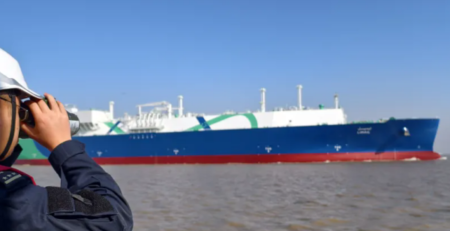SITL 2025: Operational Technologies Take the Lead in Logistics Innovation

By Eva Richardson, The Logistic News
The International Week of Transport and Logistics (SITL), held in Paris this year, focused on one thing: operational solutions that are ready to use.
From automated route planning to real-time warehouse visibility, SITL 2025 shifted the conversation from concepts to execution. Exhibitors brought systems designed not for the next decade, but for immediate deployment across logistics networks.
“The real innovation this year wasn’t in what was imagined,” said a supply chain director based in Lyon. “It was in what’s already being implemented.”
Live Demonstrations Over PowerPoint Promises
Technology providers demonstrated working tools:
– AI-driven fleet dispatching
– Automated load balancing
– Integrated tracking from supplier to end-user
Every presentation included real-time functionality. Visitors could test dashboards, simulate disruptions, and see how alerts, rerouting, and KPI feedback operated under live conditions.
“We weren’t shown slides,” said a freight forwarder from Rotterdam. “We were handed the controls.”
Consultations, Not Pitches
Unlike previous editions, SITL 2025 reduced keynote-style promotion. Instead, vendors and tech providers offered private technical consultations.
Attendees came with real-world problems — system delays, last-mile inefficiencies, regulatory bottlenecks — and left with deployment roadmaps or pilot invitations.
This format suited both mid-size operators and large enterprise groups looking to scale digitization without losing control.
A Strong French Tech Presence
Local companies stood out — not just with innovation, but with mature products already used across Europe and North Africa.
From compliance-ready TMS platforms to modular carbon-reporting tools, French providers emphasized function over forecast, with localization options built into most systems.
Conclusion: A Show Built for Operations Teams
SITL 2025 wasn’t about the future. It was about what logistics teams can plug in next quarter.
Tools weren’t just shown — they were used. Conversations weren’t theoretical — they were about system architecture, integration timelines, and ROI.
For an industry under pressure to perform faster, cheaper, and cleaner, this year’s SITL marked a turning point:
Less vision. More execution.
The post SITL 2025: Operational Technologies Take the Lead in Logistics Innovation appeared first on The Logistic News.
Share this post
Related
Posts
MEXICO – Truckers’ roadblocks disrupt North American flows
Since dawn, several Mexican highways have looked more like improvised parking lots than logistical corridors. Groups of drivers block entire...
China Cargo Airlines launches new Paris–Shanghai freight service
China Cargo Airlines inaugurates a direct Paris–Shanghai freight flight, complemented by feeder road connections across Western Europe. This corridor meets...
Hudong-Zhonghua de Chine établit un nouveau record pour les livraisons de méthaniers
Chinese shipbuilder Hudong-Zhonghua Shipbuilding today delivered its ninth LNG carrier of the year, marking a new record for a single...
Onboard cameras: technology alone is insufficient in the absence of a true policy
The problem of cameras mounted on trucks was discussed at the Trimble Insight 2025 trade exhibition mainly from the aspect...




